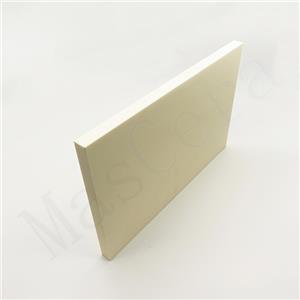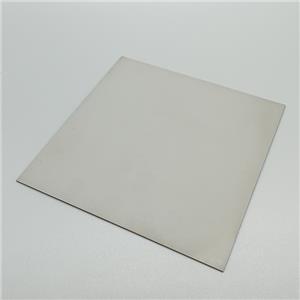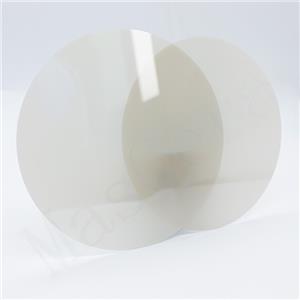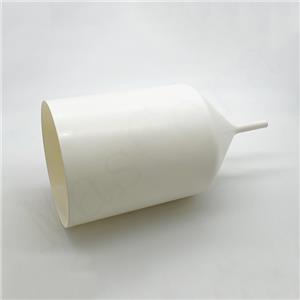How are ceramic parts made?
Ceramic parts processing involves four main steps: (1) powder preparation, (2) green body formation, (3) sintering and (4) precision machining
The first step in the production of ceramic parts is the preparation of the powder. The manufacturing process of the ceramic powder and the properties of the powder (particle size, shape, size distribution, phase structure) are critical to the microstructure of the final ceramic parts. The particle size of the powder is the most important parameter to describe the quality of the powder. The smaller the particle size of the powder, the larger the specific surface area of the powder, and the fired ceramic product is more dense.
Ceramic part molding is to obtain a uniform and high-density ceramic body. The molding technology greatly determines the uniformity of the body and the ability to prepare complex-shaped parts, and directly affects the reliability of the material and the cost of the final ceramic parts. The molding methods of ceramic parts include dry pressing, isostatic pressing, injection molding, extrusion molding and tap casting, etc. The choice of ceramic molding method should be comprehensively determine based on the performance requirements, shape, size, output and economic benefits of the product.
Sintering refers to the densification process of the formed green body under the action of high temperature, through the mutual adhesion and material transfer of the particles between the green bodies, the removal of pores, the volume shrinkage, the improvement of strength, and the gradual change of a certain geometric shape and a solid sintered body. Observing the sintering phenomenon at the macro and micro level, it can be seen that at the macro level, the volume of the sintered product shrinks, the density increases, and the strength increases; at the micro level, the pore shape changes, the crystal grows, and the composition changes.
As the dimensional accuracy of ceramic parts after high temperature sintering is not high, and the surface roughness is not very fine, according to customers' using requirements, some ceramic parts need precise machining after sintering to meet specific assembly requirements. At present, the processing methods of ceramic parts mainly include: cutting, turning, milling, grinding, grinding and polishing, drilling and threading.




